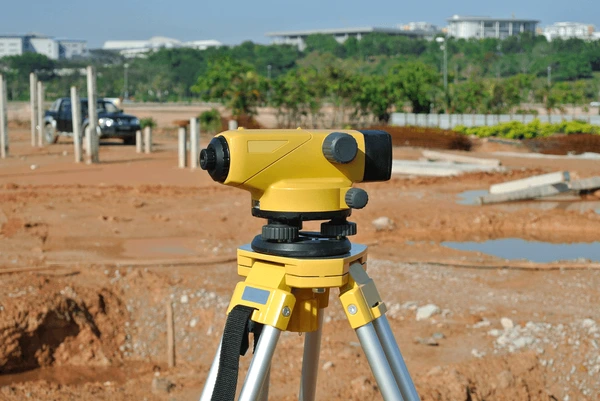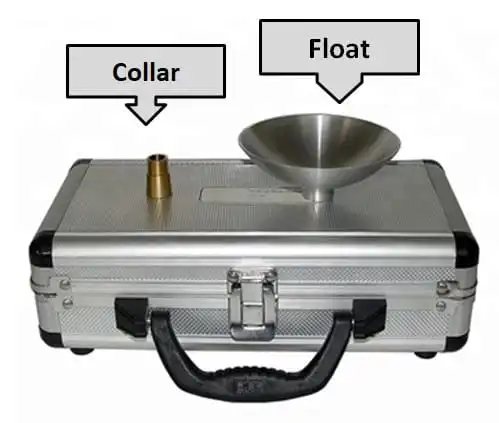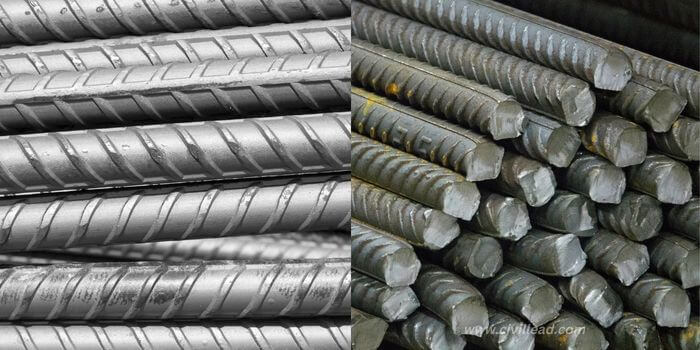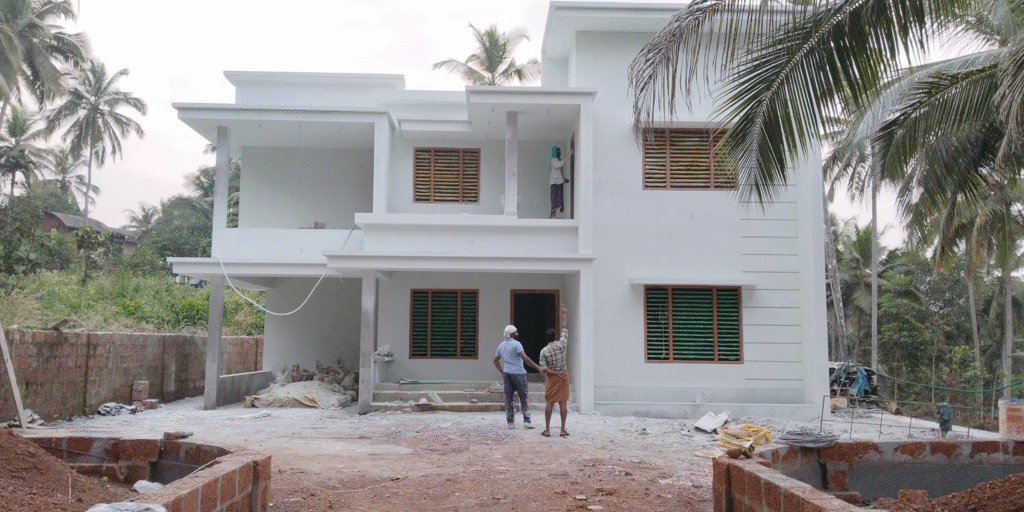The dumpy level, which was invented by Gravatt, is constructed from a telescopic tube that is securely connected in two collars that may be screwed to the stage that the vertical spindle carries. In the present dumpy level design, the vertical spindle and telescope tube are cast together, and a long bubble tube is attached to the top of the telescope. This kind is called a solid dumpy.
Components of the Dumpy Level
Due to its inverted eyepiece, the level was initially shorter than the Wye level with the same magnification power, earning it the nickname “dumpy level.” However, modern dumpy levels often have an erecting eyepiece that lets the staff’s inverted image appear in the field of view. Some instruments use a clamp screw to control the spindle’s rotation around the vertical axis. For small or accurate movement, a slow-motion screw—sometimes referred to as a tangent screw—is also incorporated.
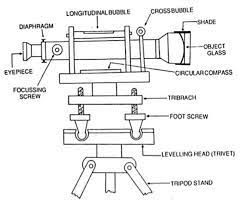
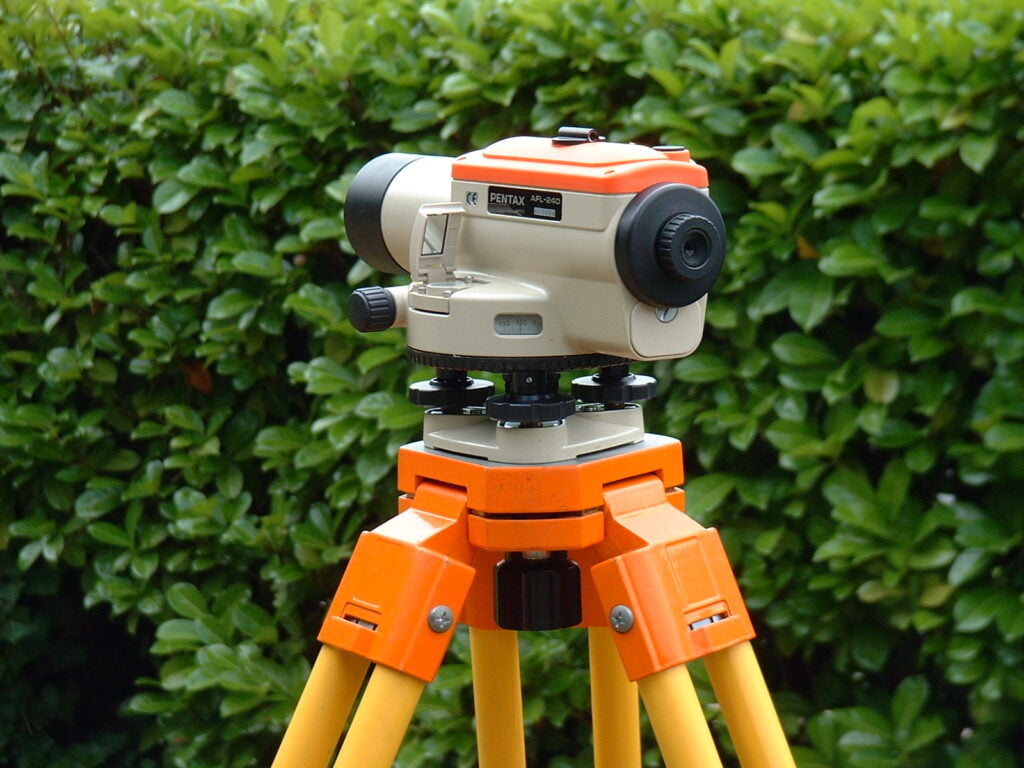
The list and explanation of some of the essential Dumpy Level elements are as follows:
- Tripod Stand: The tripod consists of three legs, which may be solid or framed. The legs are made of lightweight, sturdy wood. The lower limbs of the legs are covered with steel shoes.
- Levelling head: The leveling head consists of two parallel triangular plates with three grooves on them to retain the foot screws.
- Foot screws: The tribrach and the trivet are separated by three foot screws. By turning the foot screws, the tribrach may be raised or lowered to position the bubble in the center of its run.
- Telescope: The telescope consists of two metal tubes that are moveable and nestled within one another. It also features an object glass on one end and an eyepiece on the other. A diaphragm on the telescope is positioned immediately in front of the eyepiece. The diaphragm carries the crosshairs. The telescope’s focusing screw is used to adjust its internal or exterior focus.
- The external focusing telescope’s diaphragm and objective are fixed to the outer and inner tubes, respectively. By changing the focusing screw, the diaphragm and objective distance may be adjusted to provide the crosshair plane or a genuine image.
- In an internal focusing telescope, the objective and eyepiece stay in place when the focusing screw is turned. In this case, a double concave lens’s objective and eyepiece are connected via a rack and pinion mechanism. This lens moves to and fro on the crosshair plane to create an actual image when the focusing screw is turned.
- tubes for bubbles: Two bubble tubes are positioned at a right angle to one another; they are referred to as the cross bubble tube and the longitudinal bubble tube. These tubes contain spirit bubbles. The bubble is moved toward the center using foot screws. The bubble tube is fastened to the top of the telescope.
- Compass: To find a line’s magnetic bearing, position a compass exactly below the telescope when necessary.
- A “pointer” attached to the compass body shows 0 degrees when the telescope is oriented along the north line, indicating that the compass is calibrated correctly.Some compasses include a pointer that reads a few degrees when the telescope is oriented towards the north. This reading should be regarded as the first reading. The bearing may be obtained by deducting the original reading from the final reading on the compass.
The Advantages of a Dumpy Level
Above Wye Level, Dumpy Level has the following advantages:
- fewer moving parts and a more straightforward design.
- Fewer changes are needed.
- longer duration for the changes.

